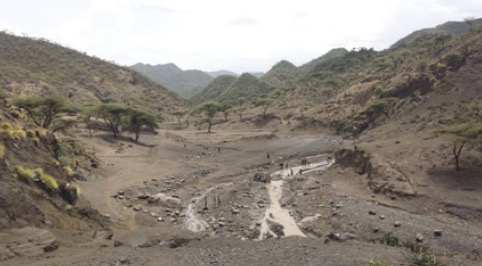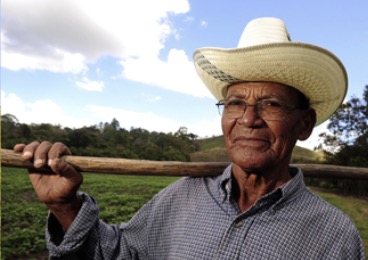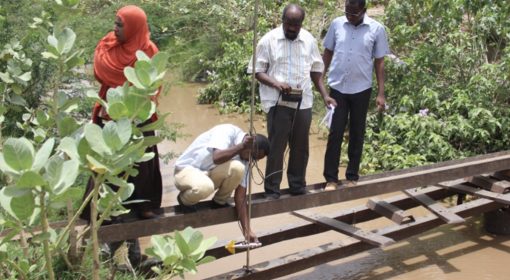posted by Seifu Kebede, Taye Alemayehu, Asefa Kumsa and Frank van Steenbergen
October 01, 2012

In the last five years, the development of small scale private irrigation has caught on in Ethiopia. Small, high-value horticultural plots are ‘popping’ up in many parts of the country. Often the new vegetable gardens use water from rural drinking water systems, converting these – by stealth – into so-called ‘multiple use systems’. This does not come without conflict. Here are a few examples:
In Arsi, a large multi-village, multi-district scheme has been developed. In Amraba, a spring was capped and a 60-kilometre long pipeline laid to take water to several villages towards Wabe Shebele valley. However, whilst this work was going on, people in Amraba discovered the potential of the spring water and developed small vegetable gardens. When the water supply system was completed, the upstream land users were no longer willing to share the water with the downstream rural water supply, the government had to interfere to salvage the drinking water system.
Things do not always go this way. In Gandata (see picture) in West Harrarghe, a well was developed by the Water Bureau to provide water to the community. The drilling was successful and produced a 5 l/s artesian well. The Water Bureau did not immediately develop the pipeline system. When it returned after a few months to do so, it found the well area fenced off and planted with oranges, bananas and other fruit trees. The drinking water system was never developed.
Another case is Degem where a spring was developed for drinking water. Its discharge was plentiful (6-10 liter per second), whereas for the rural water supply system 1-2 litre per second was sufficient. The overflow was allowed to go to the valley. After one farmer fitted a t-section in the water supply system to irrigate carrots and made USD 2000 in the process, other farmers followed suit. When the upstream land owners also intended to develop this profitable business they were stopped by the downstream farmers. The downstream farmers would patrol the system with guns to make sure no water was taken by upstream land users, except for drinking water.
As the conflicts are new, water ‘rights’ in Ethiopia are largely unregulated and very much a matter of the positioning and strength of different communities and groups. In Degalile in Somali Region, for instance, two wells were developed to serve a community on the east bank of the river, yet the left bank community claimed the water belonged to it. In the ensuing conflict more than 100 persons reportedly died. The right bank community has no access to drinking water and at the moment efforts are going on to drill in almost ‘no hope’ aquifers for the lack of anything better. In another case in Somali Region, in Hartsheikh, a relatively weaker clan (the Abskul) did not even want a well to be developed in its land for fear that that a stronger group (the Isaq or Ogadens) would invade its area once a successful waterpoint was in place.
These examples show wthe need to develop a protocol for determining and settling water rights in Ethiopia – now that small-scale irrigated horticulture fast develops – defining also the role of the local government to step in where required. There is also a need to revisit the planning of drinking water systems and develop them as multiple use systems from the very beginning, including the settlement of access rights to the productive use water.
References:
- Conflict and Cooperation over Natural Resources in Developing Countries- CoCooN
- Multiple Use water Services Group {jcomments on}





